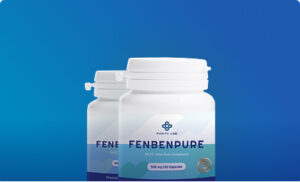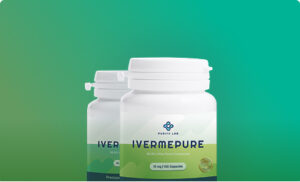Important Considerations
Before using Doxycycline for any application, consider the following:
- Quality Assurance:
- Use only certified analytical grade material
- Verify source documentation
- Check expiration dates
- Storage Requirements:
- Store in a cool, dry place
- Protect from light
- Maintain proper humidity levels
- Common Side Effects:
- Gastrointestinal effects
- Photosensitivity
- Possible interactions with other medications
- Contraindications:
- Pregnancy (especially second and third trimesters)
- Children under 8 years
- Known hypersensitivity to tetracyclines
Disclaimer: This information is provided for research and educational purposes only. Applications should follow appropriate protocols and regulatory requirements. Not for diagnostic or therapeutic use without proper medical supervision.



